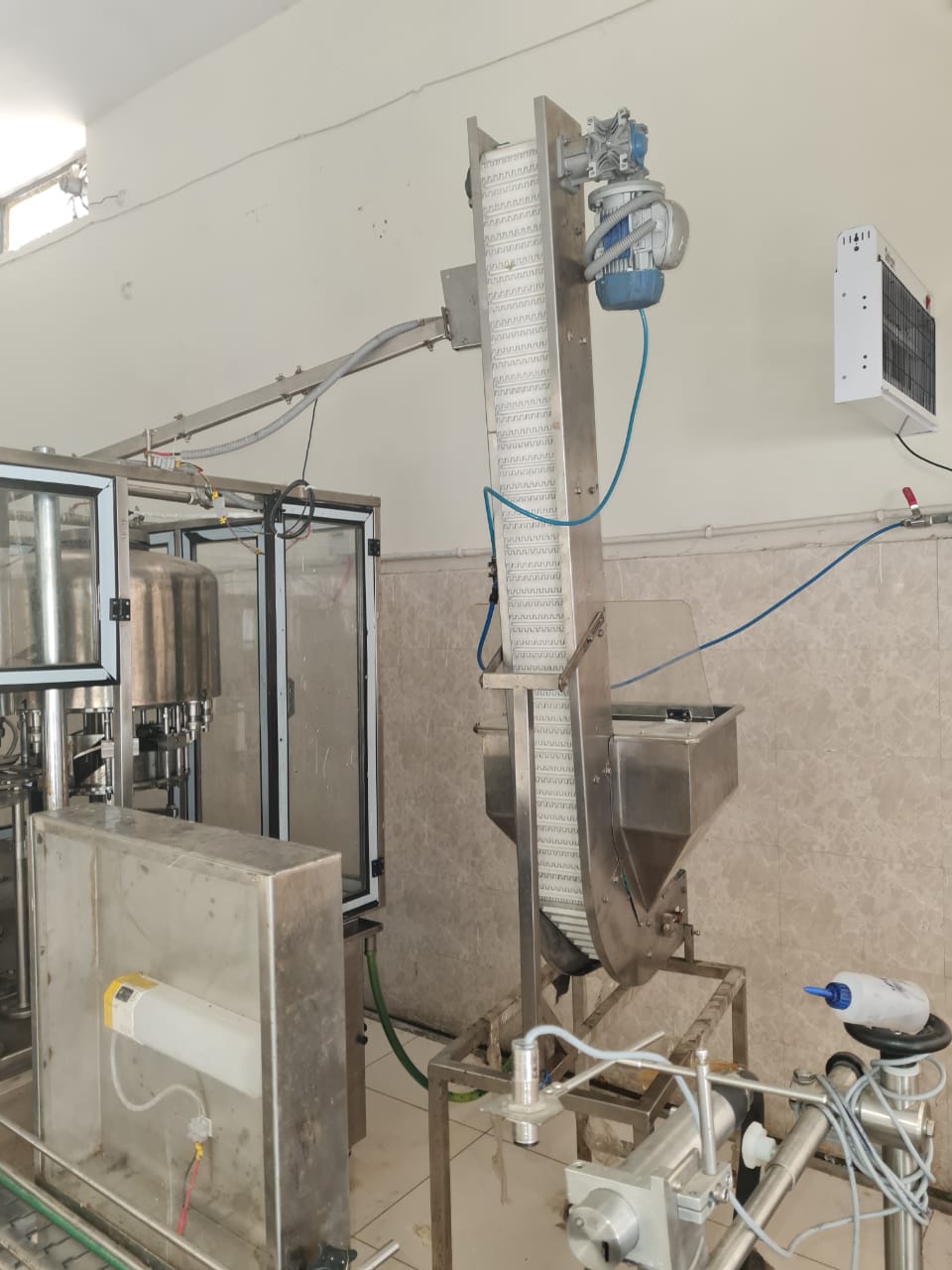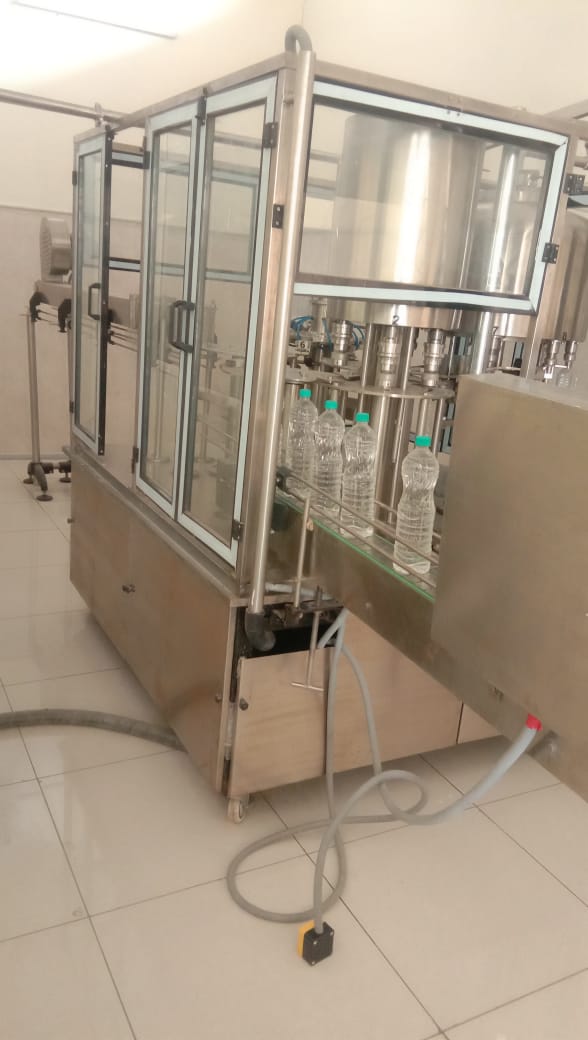Services
Water Purification Plant
Everest Valley water purification plant is a facility that treats raw water to remove impurities and contaminants and produce safe, clean drinking water. The treated water is then distributed to homes, businesses, and other consumers through a network of pipes.
The treatment process typically involves a series of physical, chemical, and biological processes that remove contaminants such as sediment, bacteria, viruses, and other impurities. Depending on the quality of the raw water, the treatment process include advanced technologies such as reverse osmosis, ultraviolet disinfection, and activated carbon filtration.
The operation of water purification requires highly trained professionals who are knowledgeable about water treatment and distribution systems. The plant complies with strict regulatory standards to ensure that the treated water is safe for consumption.
In addition to providing safe drinking water, Everest Valley water purification plant also plays a critical role in promoting public health, preventing waterborne diseases, and supporting sustainable development by protecting the environment and conserving natural resources.
Overall, water purification is essential to ensuring the health and well-being of communities by providing access to clean, safe drinking water.


Packages Drinking Water
Packaged drinking water refers to water that has been treated, purified, and packaged in containers for distribution and consumption. The treatment process for packaged drinking water involves filtration, sedimentation, activated carbon filtration, reverse osmosis, and ultraviolet disinfection, among other methods. The water is then typically packaged in airtight containers to prevent contamination and ensure that it remains safe for consumption.
Water Processing
The water purification process involves a series of physical, chemical, and biological processes that remove impurities and contaminants from raw water to produce safe, clean drinking water.
The process typically involves the following steps:
Coagulation and Flocculation: Chemicals such as alum are added to the raw water to coagulate suspended particles and form larger particles called flocs that can be easily removed.
Sedimentation: The flocs are allowed to settle at the bottom of a sedimentation tank, where they are removed by scrapping or pumping.
Filtration: The water is then passed through a series of filters, such as sand, gravel, and activated carbon, which remove smaller particles, impurities, and odors.
Disinfection: The filtered water is disinfected to kill bacteria, viruses, and other microorganisms that may cause diseases. Common disinfection methods include chlorination, ozonation, and ultraviolet irradiation.
pH Correction: The pH of the water is adjusted to a neutral or slightly alkaline level to prevent corrosion of pipes and reduce the likelihood of lead and other metals leaching into the water.
Fluoridation: Fluoride is added to the water to prevent tooth decay and improve dental health.
Distribution: The treated water is then distributed through a network of pipes to homes, businesses, and other consumers.
The water purification process plays a critical role in providing safe, clean drinking water to the community, protecting public health, and supporting sustainable development.

Talk to us
Have any questions? We are always open to talk about your business, new projects, creative opportunities and how we can help you.
